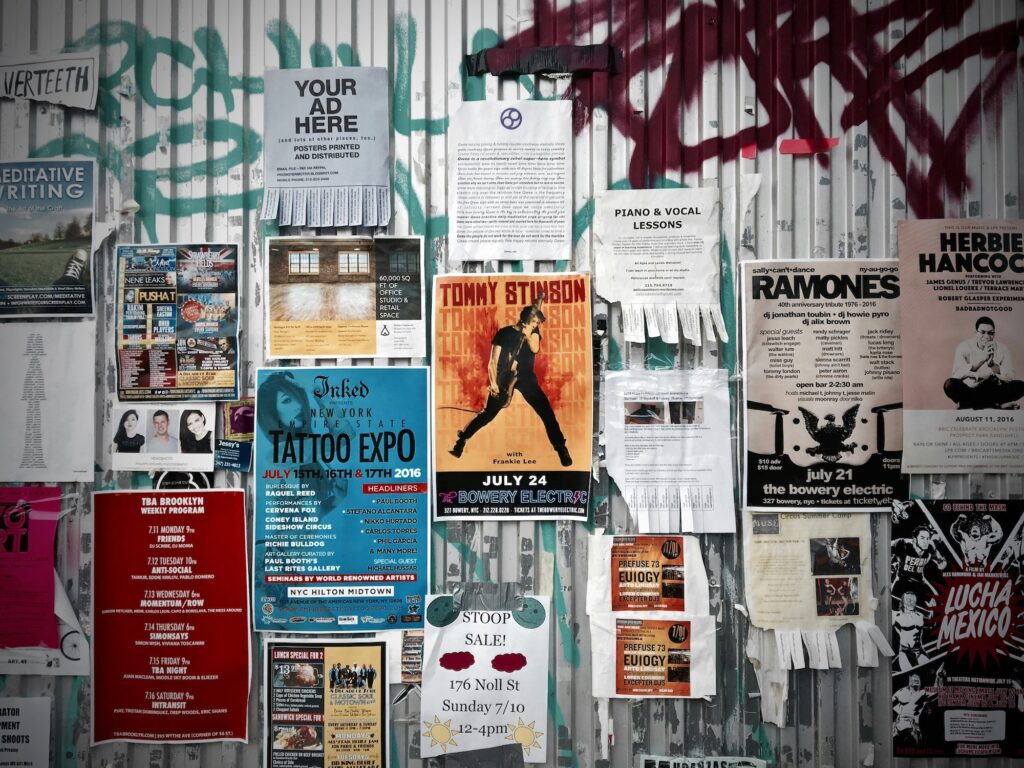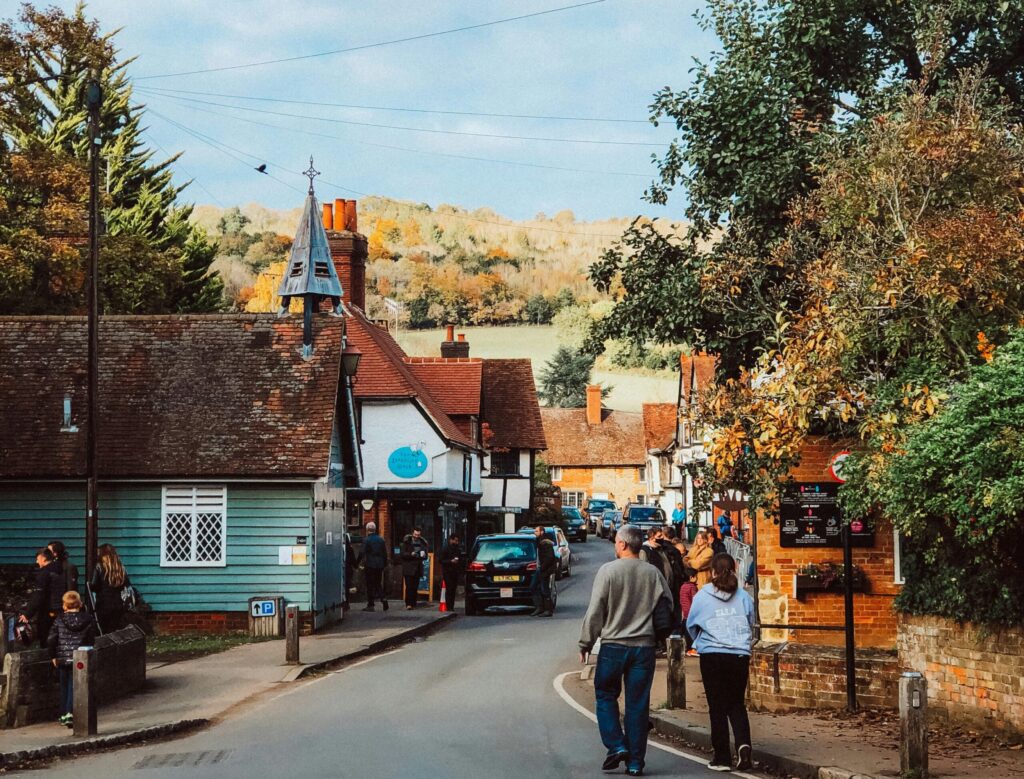When it comes to running campaigns on social, creative is clearly a hugely important part of the mix. As such, if you’re working with external partners or other teams within the business, ensuring they know exactly what you need is imperative.
Subscribe links:
Throughout this episode we discuss how to improve your briefing process and some of the key things you need to consider. Ultimately this is about getting all the required information into a clear document, to make sure that the recipient is left in no doubt as to what is required. You can of course also take a look through the ads library for inspiration, but nothing will beat a well planned out brief.
We also talk through some of the pitfalls of NOT having a good brief. As with any other area of business, leaving gaps for interpretation often leads to mistakes. This then either causes delays and / or has a knock on effect on your performance. Obviously this is something to avoid.
Key to getting this process right is understanding your audience (AKA who is going to be working on the creative) and working closely with them to refine the briefing process. Not all teams will be the same, so having a degree of flexibility is always valuable.
Hope you find this episode useful!


